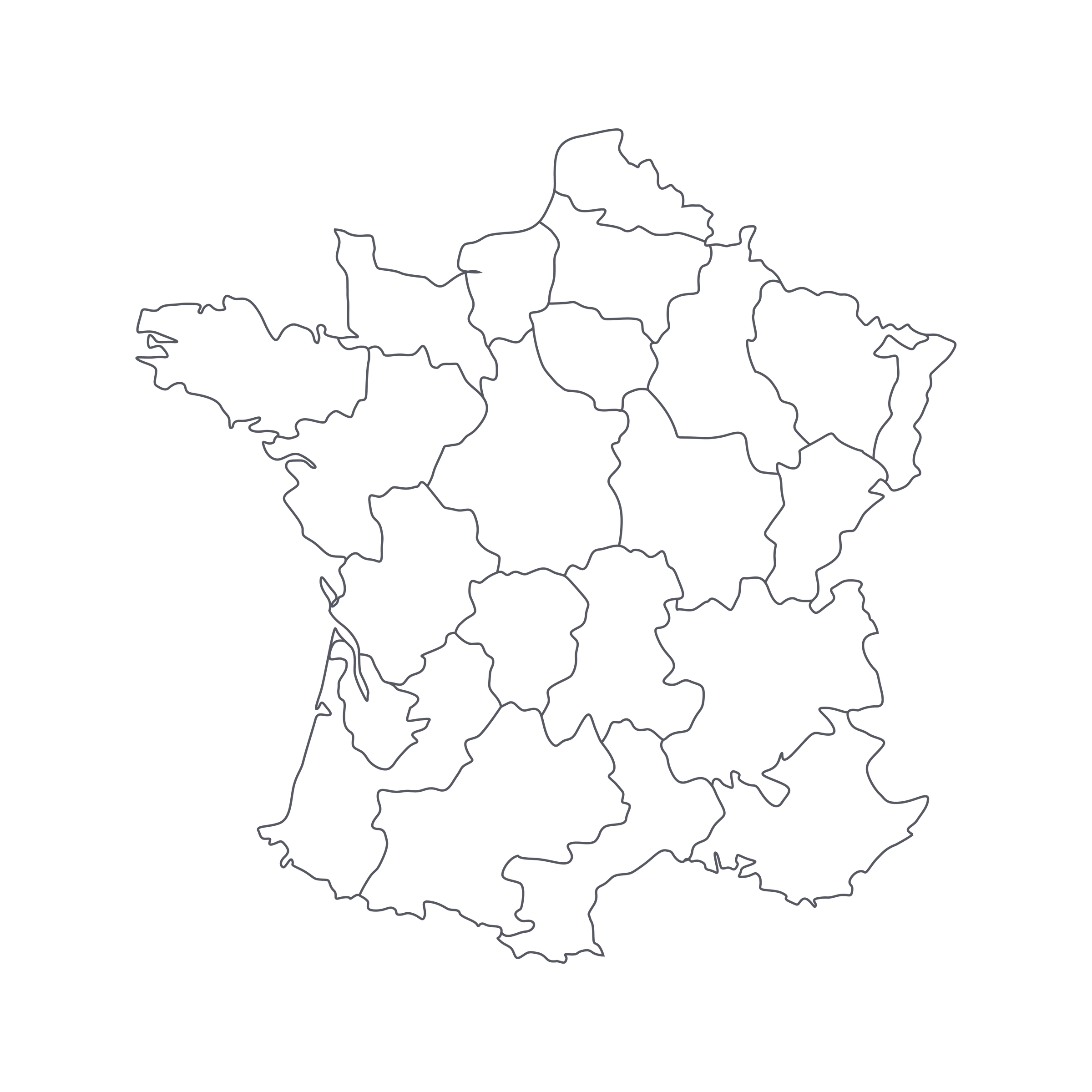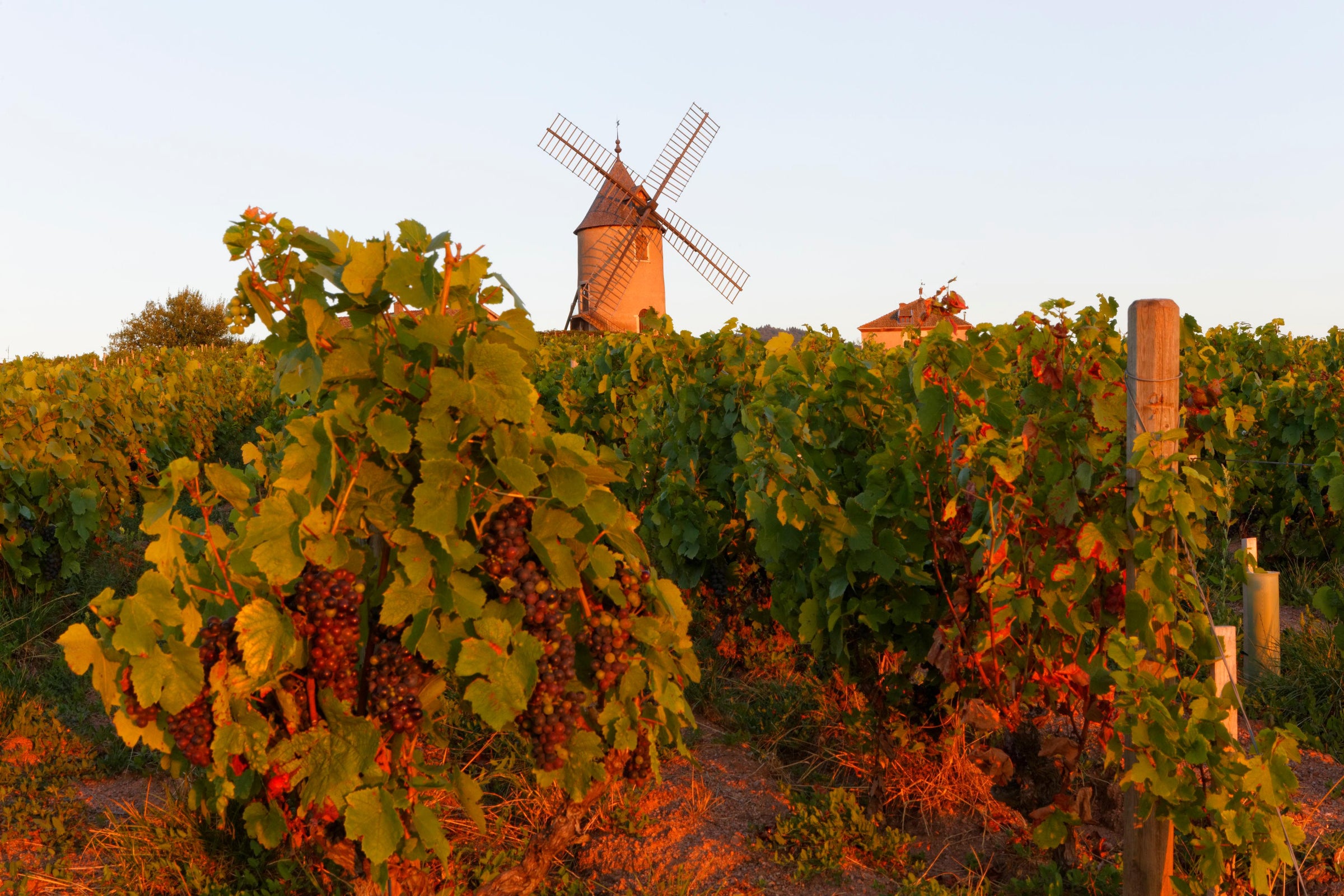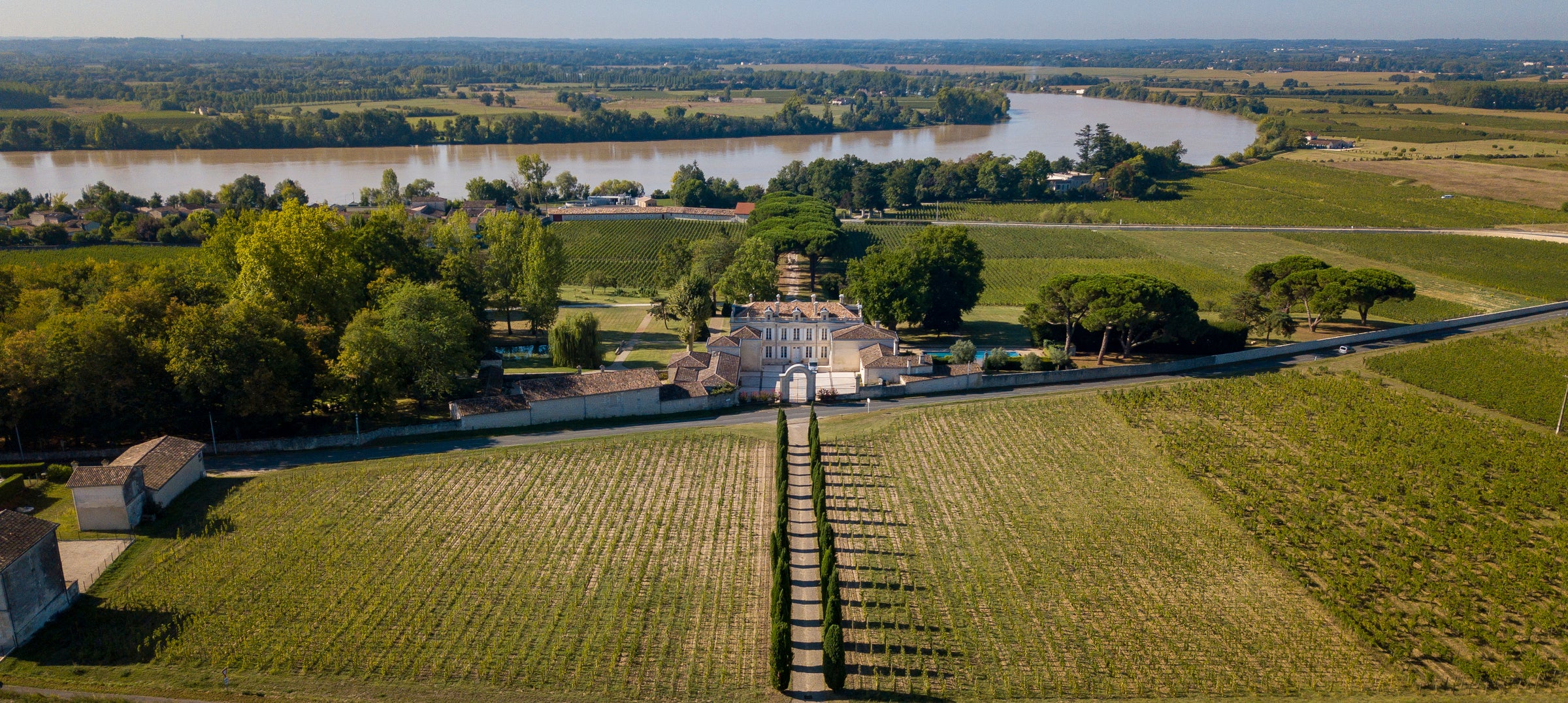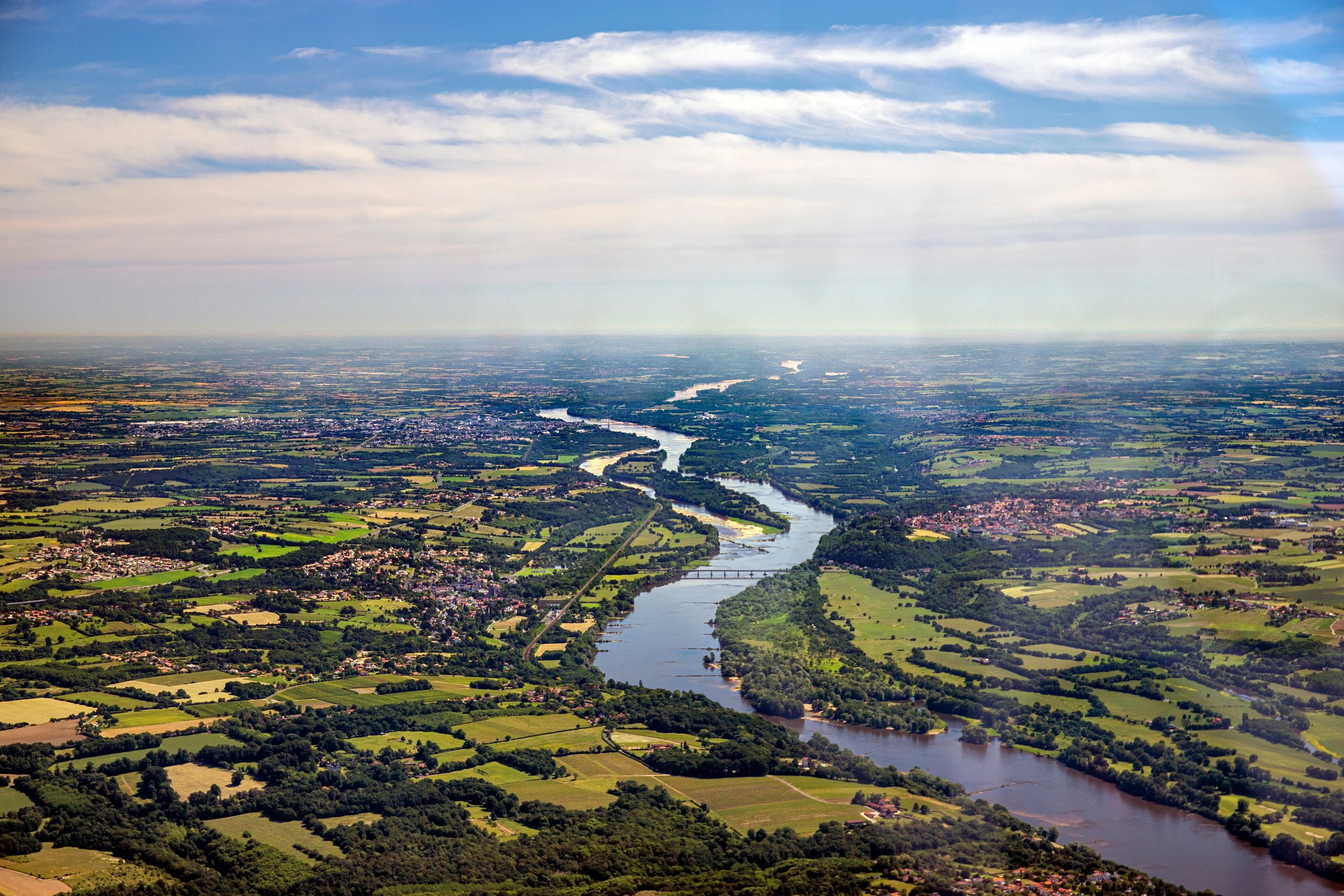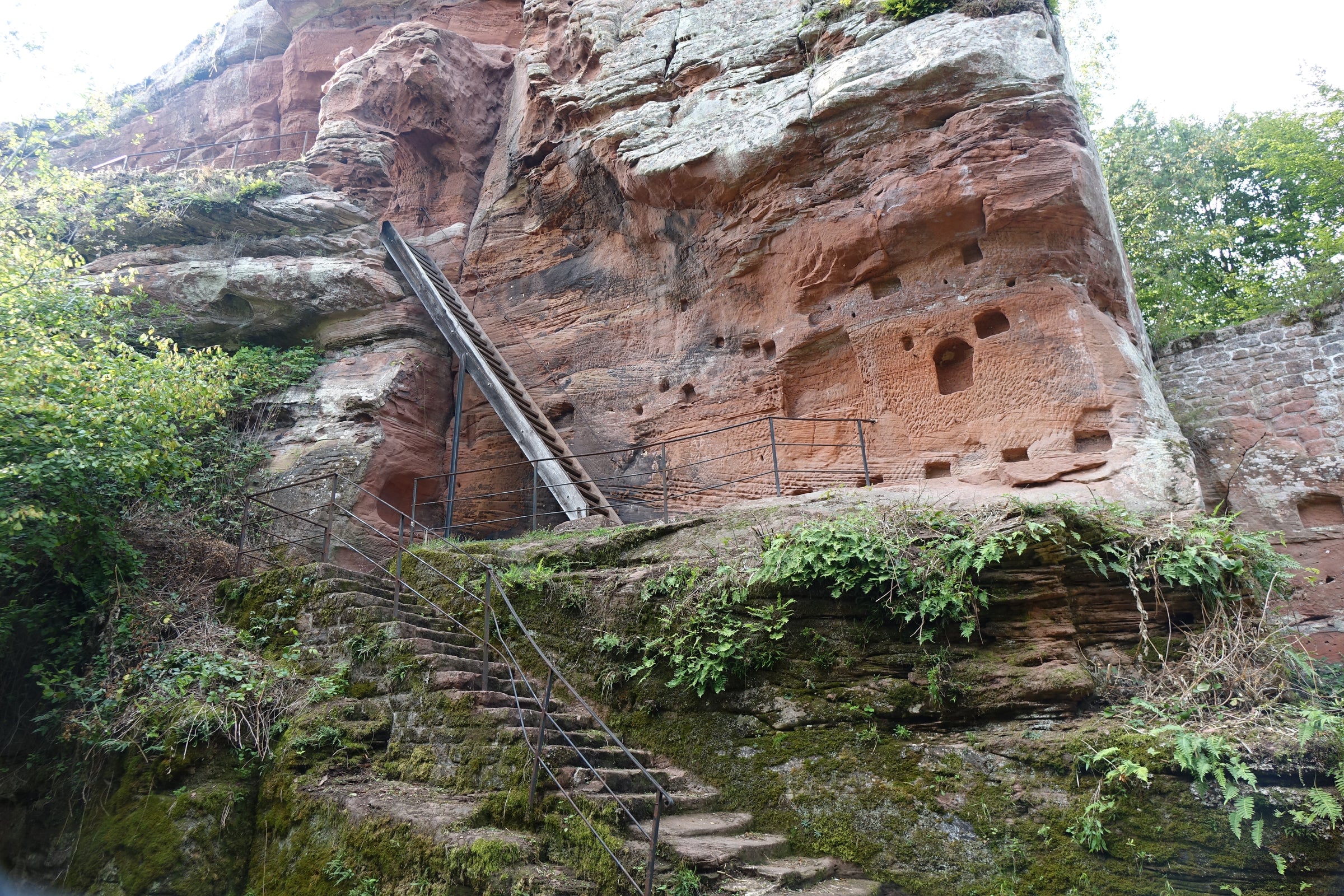Saint-Joseph is one of most iconic landscapes in the world, showcasing a staggering number of terraced vineyards that were painstakingly created over generations. And Syrah from Saint-Joseph, especially with some age, can compete with more-exclusive northern Rhône appellations (Côte-Rôtie; Hermitage) at a fraction of the price—but the trick is finding them in what has become a massive and highly variable growing zone, one that ballooned from 240 to 30,000 acres in just 50 years’ time.
As is our custom, we sift through the masses to find the real gems, and one of our favorite old-school properties producing Saint-Joseph is Vignobles Verzier, a family-run property that not only embraced ‘natural’ winemaking long before it was fashionable but a reliable source of some of the most soulful (and underpriced) Syrah in the appellation. Now with a few years of bottle age, Verzier’s 2014 Saint-Joseph “Empreinte” is starting to show its true colors. Its soul has emerged, with deeply savory secondary notes complementing the brooding blue and black fruits. If you are a northern Rhône Syrah lover, this is not merely a textbook wine—and one that will age gracefully for many years—but one that’s priced to purchase by the case. It makes a case for Saint-Joseph as convincingly as any wine I’ve tried from the region. Syrah is a favorite red grape variety among sommeliers, and this wine demonstrates why.
Vignobles Verzier is headquartered in the village of Chavanay—located within the overlapping appellations of Condrieu and St-Joseph—and they can trace their origins here back to 1828. Farmed organically since the 1960s and certified since 2010, the estate, called “Chante-Perdrix” (“singing partridge”), is run by hands-on proprietors Philippe and Isabelle Verzier. Philippe, while blindsided by the responsibility, took control of the farming operations at just 19 years old after the death of his father. At the time, all grapes were sold off to cooperatives, but Philippe took it upon himself to begin estate bottling. Today, his son Maxime assists with winemaking and is eager to continue the family tradition.
For “Empreinte” (“footprint”), the Verziers select fruit from southeast-facing hillside vineyards that reach upwards of 1,000 feet in elevation. Soils are largely granitic with light sand and vines are an average age of 25 years old. With organic practices in place since the mid-1960s, harvest is conducted by hand; organic compost, along with herbal tea treatments, and a painstaking pruning regimen are all conducted throughout the year. Grapes are twice-sorted and 90% destemmed in the winery. A long, natural fermentation of about 3-4 weeks takes place in stainless steel tanks with a once-daily pump over and punch down (for greater skin contact and overall immersion). The wine is then transferred into large 500 liter barrels for 12 months before being bottled with a light filtration.
In the glass, the 2014 “Empreinte” exhibits a dark crimson (nearly purple) core with magenta and ruby hues highlighting the rim. The nose reveals classic northern Rhône Syrah notes of ripe blackberry, blueberry, crème de cassis, black raspberry, and purple flowers, which are quickly followed by black pepper, cured meat, mushroom stock, olive tapenade and exotic spices. The palate has a voluptuous feel while maintaining an impressive level of freshness. Moderate levels of both tannin and acidity keep this feeling silky and youthful throughout while showing off a complexity that hints toward a bright future. It is fully accessible right now, though it will unfold gracefully over the next 5-15 years. You can expect increasing layers of savor and earth as years pass by—it will be an absolute treat. When drinking in the next year or two, decant 30 minutes and serve in Burgundy stems alongside a savory-succulent preparation. Old-school Syrah like this paired with braised lamb is one of the great pairings of all time!


